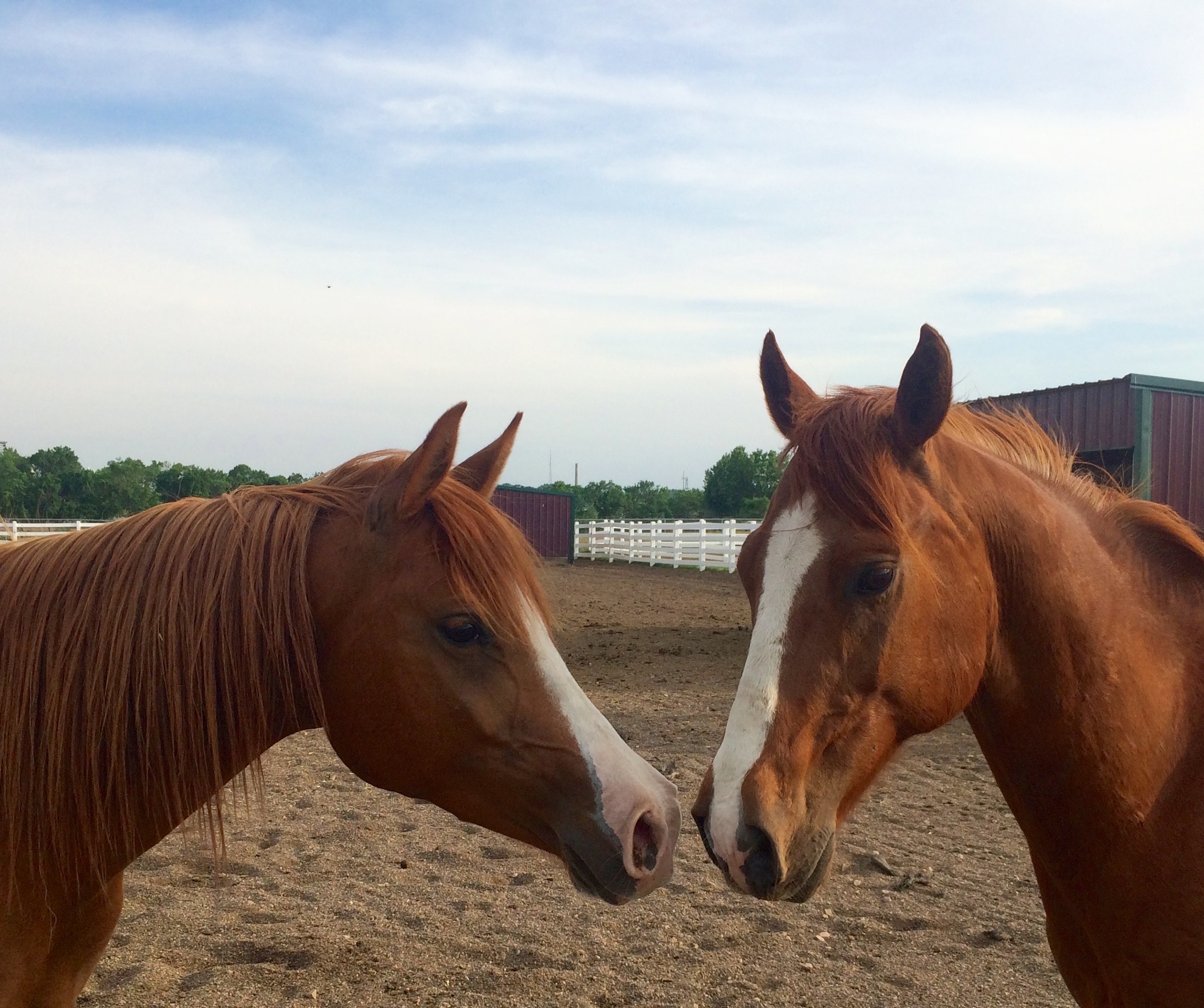Research roundup: Researchers note improved oxygen levels for most horses under anesthesia via a 15-degree, head-up table tilt
May 9, 2022

Five of six horses under anesthesia had significantly greater blood-oxygen levels with a 15-degree table tilt compared to no tilt at all, a recent study from the University of Minnesota shows.
Compared to other species, horses face a greater risk of medical complications and death while under surgical anesthesia. Measurable drops in oxygen levels or cardiovascular changes contribute to the risk for complications or death while anesthetized. Looking to reduce surgical risks and complications, a University research team recently completed a study investigating whether a 15-degree, head-up table tilt—called the reverse Trendelenburg position (RTP)—for back-lying horses under inhaled anesthesia produced better ventilation and oxygen levels versus a no-tilt, horizontal position (HP).
Changing the tilt of the table to position the head at a higher elevation during surgery has been found to affect oxygen levels and cardiovascular systems in both human and equine patients. However, outcomes for patients vary with changes in the body structure and with the degree of elevation. A table angle too great or too small may improve certain outcomes during surgery but worsen others. The researchers designed this study to specifically assess the impact on oxygen levels during anesthesia for similarly shaped horses positioned on their backs with a head-up, 15-degree table tilt.
 A total of six horses of varying breeds ranging from 5 to 13 years old underwent two hours of anesthesia with mechanical ventilation of the lungs on two occasions—once positioned horizontally on their backs and once with a 15-degree, head-up tilt. The researchers recorded changes in carbon dioxide and oxygen levels, measures used to monitor a patient’s breathing during anesthesia. They then assessed differences in the oxygen levels of each horse with or without a table tilt. Five of the six horses had significantly greater blood-oxygen levels with tilt compared to without. The researchers noted the sixth horse, who demonstrated lower blood-oxygen levels, has a different body shape (a longer chest and flat belly)— warranting additional studies to investigate differences due to body composition.
A total of six horses of varying breeds ranging from 5 to 13 years old underwent two hours of anesthesia with mechanical ventilation of the lungs on two occasions—once positioned horizontally on their backs and once with a 15-degree, head-up tilt. The researchers recorded changes in carbon dioxide and oxygen levels, measures used to monitor a patient’s breathing during anesthesia. They then assessed differences in the oxygen levels of each horse with or without a table tilt. Five of the six horses had significantly greater blood-oxygen levels with tilt compared to without. The researchers noted the sixth horse, who demonstrated lower blood-oxygen levels, has a different body shape (a longer chest and flat belly)— warranting additional studies to investigate differences due to body composition.
The researchers concluded that the 15-degree RTP resulted in better oxygenation than HP-anesthetized horses positioned on their backs. However, worsening of oxygenation may occur in individual horses, they said. Further studies are needed to confirm the findings in a larger group of horses and to determine the effects on blood pressure and treatment options. To learn more about this project, led by Alonso Guedes, DVM, MS, PhD, DACVAA, in the Department of Veterinary Clinical Sciences, read the publication in MDPI.


